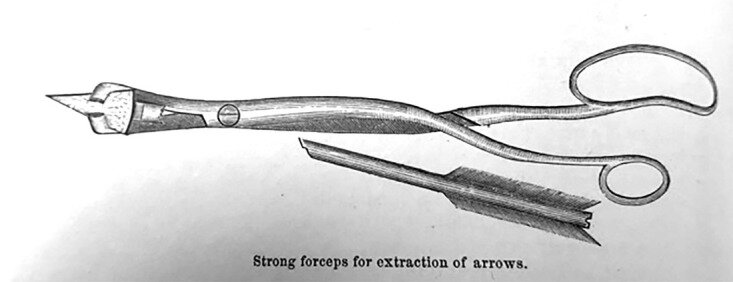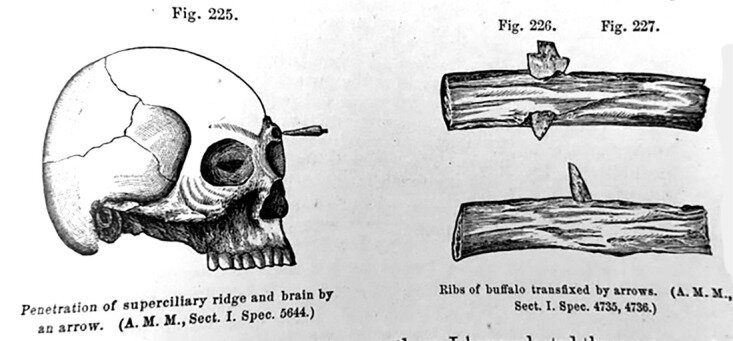Abstract
OBJECTIVE:
Pedicle screws placed into C2 necessitate a thorough understanding of this bone's unique anatomy. Although multiple landmarks and measurements have been used by surgeons, these are often varied in the literature with no consensus. Herein, we studied one recently proposed landmark using the nutrient foramina of the posterior aspect of C2 for pedicle screw placement.
METHODS:
On 19 (38 sides) C2 dry bone specimens, the presence, size, location, and distance from the midline of the nutrient foramina found at the junction between the isthmus and lamina were documented and measured. In addition, to discern the source of the artery entering such foramina, an injected adult cadaver was dissected.
RESULTS:
The number of foramina ranged from 0-5 with a mean of 1.84. On 3 sides, no foramina were identified. The mean diameter of the foramina was 0.57 mm. The location of the foramina was at position 1 on 9.5% of sides, position 2 on 66.4% of sides, and position 3 on 24.1% of sides. The mean horizontal distance from the midline of the spinous process of C2 to the foramina was 25.17 mm. In the cadaveric specimen, the source of the artery entering these C2 nutrient foramina was found to be distal branches of the deep cervical artery.
CONCLUSIONS:
We found the nutrient foramina of the C2 laminae are useful for pedicle screw placement. However, there are minor variations of the number and position of these structures. Lastly, on the basis of our study, 7.9% (n = 3) of sides will not have such foramina.
Copyright © 2018 Elsevier Inc. All rights reserved.
KEYWORDS:
Anatomy; Axis; Cervical spine; Landmarks; Pedicle screw



















